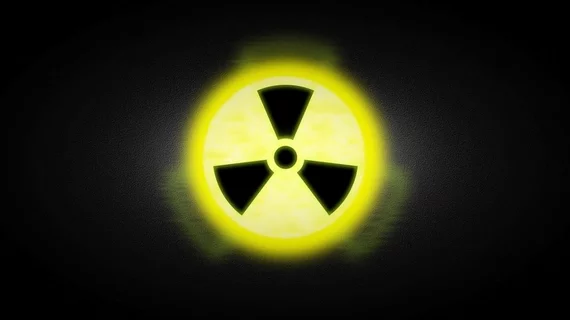The cremation of a patient who had been treated with a radiopharmaceutical a few days before his death led to radiation contamination at the crematorium, according to a new research letter published by JAMA.
“Radiopharmaceuticals present a unique and often overlooked postmortem safety challenge,” wrote Nathan Y. Yu, MD, department of radiation oncology at Mayo Clinic in Phoenix, Arizona, and colleagues. “Cremating an exposed patient volatilizes the radiopharmaceutical, which can then be inhaled by workers (or released into the adjacent community) and result in greater exposure than from a living patient. Regulations for cremation of exposed patients vary by state, as well as internationally, and there are no regulations at the federal level in the United States.”
Radiation was detected on various pieces of equipment used during the cremation one month after the patient had first received the radiopharmaceutical in question, lutetium Lu 177 dotatate. None of that specific radiopharmaceutical was detected in the urine of the crematory operator, but investigators did detect technetium Tc 99m.
“Given the contamination from this unexpected radioisotope, it is plausible that the crematory operator was exposed to volatilized technetium Tc 99m while cremating other human remains,” the authors wrote. “Although other case reports have described potential safety concerns following cremation of patients treated with radiopharmaceuticals, including yttrium Y 90 and iodine I 131, contamination of facilities has not, to our knowledge, been observed.”
In Arizona, where this occurred, there are no regulations in place related to the cremation of patients who have received a radiopharmaceutical. In states such as Florida, the authors observed, such policies do exist.
“Further studies are needed to evaluate the frequency and scope of radiation contamination and health effects of repeated or long-term exposure of employees in crematoriums in the United States, especially as the cremation rate was greater than 50 percent in 2017,” the authors concluded. “Future safety protocols for radiopharmaceuticals should include postmortem management, such as evaluating radioactivity in deceased patients prior to cremation and standardizing notification of crematoriums.”

